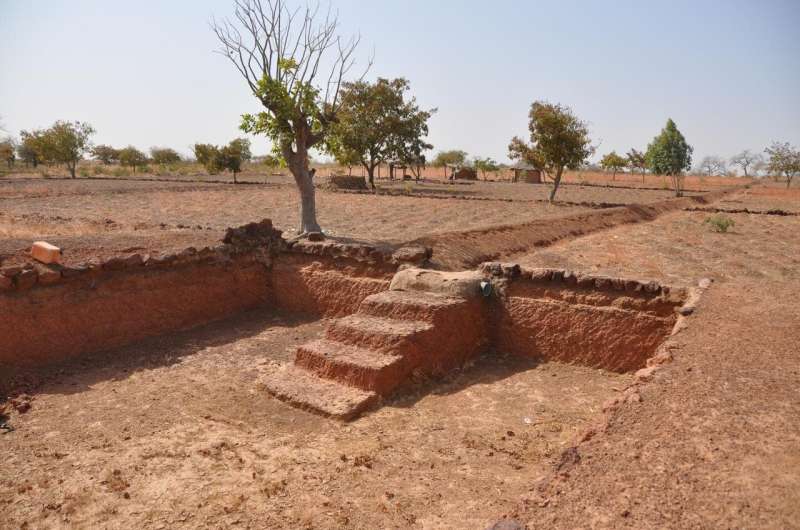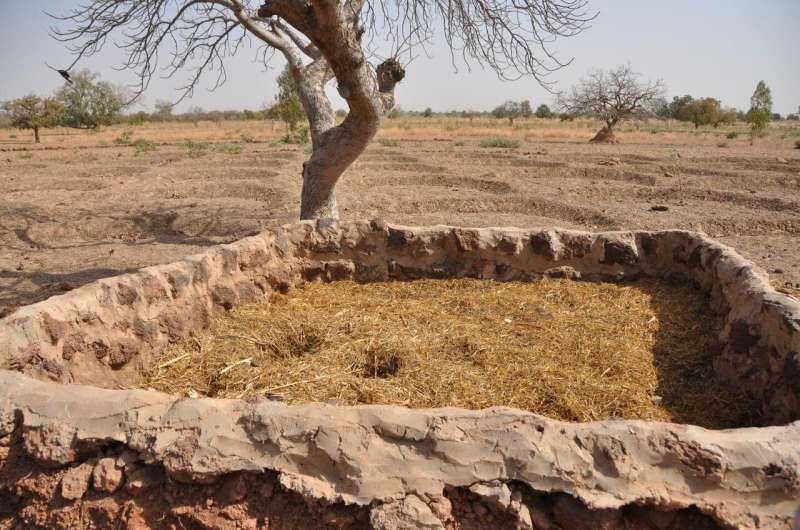Lessons learned in Burkina Faso can contribute to a new decade of forest restoration

Forest landscape restoration is attaining new global momentum this year under the Decade of Ecosystem Restoration (2021-2030), an initiative launched by the United Nations. Burkina Faso, in West Africa, is one country that already has a head start in forest landscape restoration, and offers valuable lessons. An assessment of achievements there and in other countries with a history of landscape restoration is critical to informing a new wave of projects aiming for more ambitious targets that are being developed thanks to renewed global interest and political will to improve the environment.
Burkina Faso has been fighting with desertification and climate change, and has seen a progressive degradation of its forested landscapes due to the expansion of agriculture. In 2018, the country planned to restore 5 million hectares of degraded land by 2030, as part of the pan-African initiative AFR100. However, the country is facing many challenges amid growing pressures on natural resources, extreme degradation processes, and changing climatic conditions. So far, restoration initiatives have only partly succeeded due to various constraints and have mainly targeted small areas when compared to the scale of landscape degradation that has happened.
In 2019, researchers at the Alliance of Bioversity International and CIAT interviewed managers of 39 active restoration initiatives in Burkina Faso to understand bottlenecks and opportunities for scaling up ongoing efforts. The initiatives examined were concentrated in the Sahelian and northern part of the Sudanian region, where most degraded lands are located. The majority of these initiatives were less than three years old and all aimed at bringing back tree cover in the landscape, among other objectives. They reported their findings in Sustainability in December.
Initiatives combined objectives that spanned from recovering ecological functions of the ecosystems, increasing resilience of local communities to climate change and enhancing productivity in agro-sylvo-pastoral systems, in alignment with national policies that promote both livelihood improvement and ecosystems conservation. Most restoration initiatives had a strong involvement of local NGOs and associations, directly engaged in managing activities on the ground, while the funding was primarily provided through multilateral or bilateral international co-operation projects.

Assisted natural regeneration, an approach well-adapted to landscapes in which old tree stumps are sufficiently present and the soil seed bank is not totally depleted, was found to be commonly used to foster tree development. It favors regrowth from existing tree stumps, through their management and protection from disturbance. It is the most cost-efficient approach and have proved to be successful for restoring vast areas in other West African countries.
Other practices, although very labor-intensive, are commonly adopted, as they are indispensable to cultivate in extreme environments where water is scarce and soil fertility limited. These consist in the creation of stone bunds, half-moons, Vallerani trenches and zaï, which are pits filled with seed and manure. Shrubs and grass were often commonly planted along with trees, as they play a role in conserving soils, creating favorable microclimates, stabilizing moisture levels, and providing forage for animals, thereby creating a benefit from the early stage of restoration activities.
Tree planting was implemented by the majority of the restoration initiatives, as natural regeneration alone is not sufficient to sustain the recovery of a tree cover in most contexts. Half of the restoration initiatives sourced at least part of their planting materials from the National Tree Seed Center, a government-run seed conservation and production research center. The center offers seeds of a large range of native species and ensures that collection practices follow best standards, guided by genetic considerations about the origin of the planting material. However, a significant number of initiatives relied exclusively on self-collected, locally procured seed, harvested from sources potentially depauperated and from a limited number of individuals available, raising concerns about quality of the planting material, its growth performance, and capacity to survive in the face of changing climatic conditions.
Participatory approaches to involve local communities were generally adopted across the initiatives examined and capacity building activities were a common denominator, however, the role of local communities in decision-making seemed still limited. Women especially tend to be excluded and have very limited land-access rights.
Despite all the critical aspects identified, the increasing number of restoration initiatives, the diversity of approaches used by local actors to overcome constraints and the support from the government are all encouraging aspects. The renewed interest of international donors in supporting the Great Green Wall for the Sahel and Sahara Initiative (GGW), an African-led initiative, involving 11 countries, to fight land degradation, desertification and drought will provide an ideal framework to achieve multiple objectives, scaling up efforts to restore degraded land, creating job opportunities, and strengthening resilience of rural communities.
More information: Barbara Vinceti et al, How Is Forest Landscape Restoration Being Implemented in Burkina Faso? Overview of Ongoing Initiatives, Sustainability (2020). DOI: 10.3390/su122410430
Provided by International Center for Tropical Agriculture (CIAT)




















